HABWatch
Marine algae shapes the world we live in. It provides oxygen for us to breathe and food for all sizes of marine life. However, some algae can reproduce in huge numbers, impacting marine life and people. When harmful species of algae grow out of control, it is called a harmful algal bloom (or HAB).
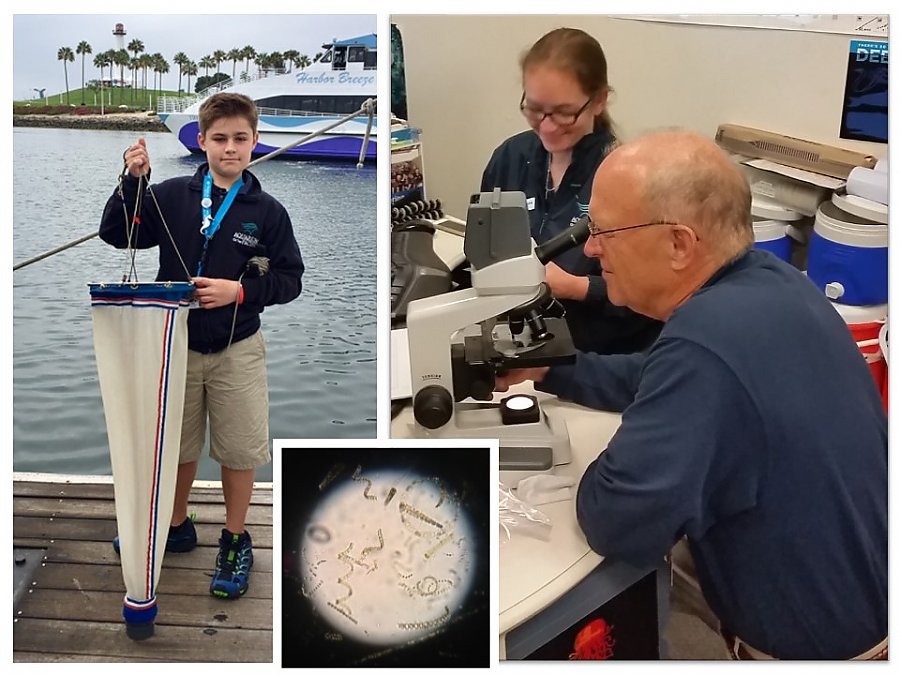
Have you ever wondered why the ocean in Southern California looks green? Take a small sample of Southern California ocean water and you’ll notice that it is actually clear. The green color comes from billions of tiny living things called phytoplankton that are so plentiful they make the water look green.
Phytoplankton are essential microscopic algae that are the base of many ocean food chains. They also create much of the oxygen we breathe because they photosynthesize like plants, creating their own energy from sunlight and carbon dioxide and releasing oxygen. Occasionally, conditions promote phytoplankton reproduction in huge quantities, which is called an algal bloom. These blooms can be significant enough to change the color of the ocean and affect the animals and even the economy of the area. Although the exact causes for these blooms are unknown, people contribute to the intensity of these blooms because of nutrients, like fertilizer, that flow from the land into the ocean.
While most algal blooms are harmless, harmful algal blooms (HABs) can cause problems for marine life and people. Sometimes an overabundance of phytoplankton is a problem when it dies and causes bacterial growth that alters the habitat. Other HABs are caused by phytoplankton that contain a toxin. When they are consumed in large quantities, they can harm marine animals and people. Although algal blooms can not be prevented, early detection can help communities respond to environmental, economic, and health concerns brought about by HABs.
A network of scientists and educators in Southern California are monitoring phytoplankton in our local ocean in a program called HAB Watch. The Aquarium of the Pacific’s community science volunteers identify and record observations of plankton abundance from samples collected in Rainbow Harbor, located just outside the Aquarium. If you are interested in getting involved, apply to become a volunteer at the Aquarium of the Pacific!
Together, we can also reduce the intensity of HABs by reducing the amount of fertilizers and pollution that flows into the ocean, providing nutrients that promote algal blooms.
HABWatch was formed in 2011 with support from USC Sea Grant, the Center for Ocean Science Education Excellence (COSEE) West, and the Southern California Coastal Ocean Observing System. This project was funded by the Southern California Coastal Ocean Observing System with support from USC Sea Grant and COSEE West.
HABWatch
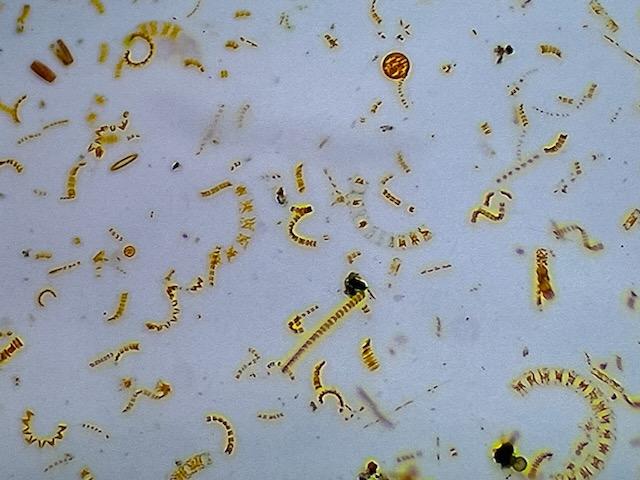
Credit: Aquarium of the Pacific
Phytoplankton are microscopic algae that can be found in salt and freshwater.
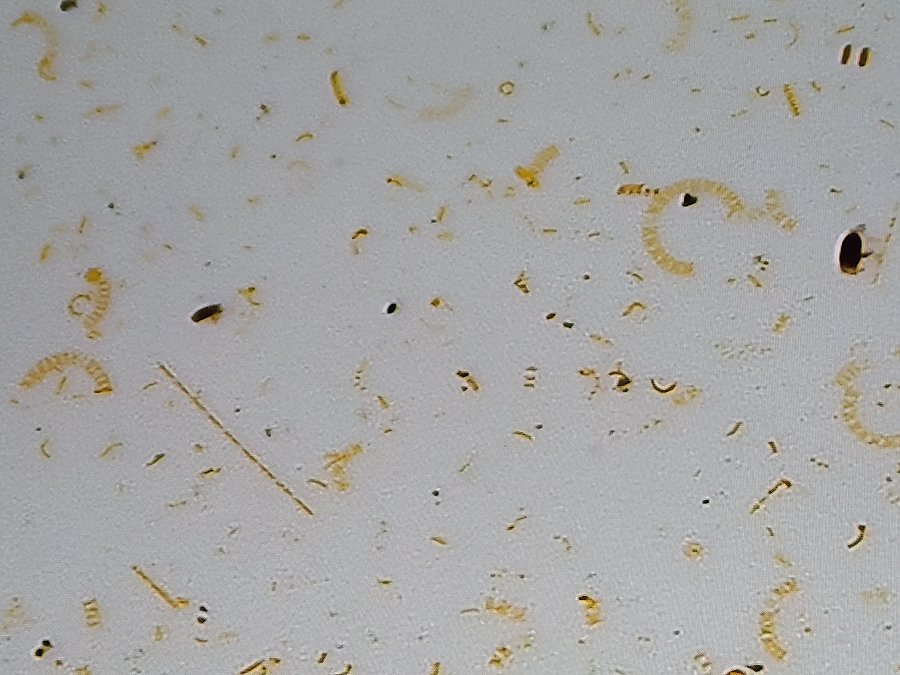
Credit: Aquarium of the Pacific
Algal blooms describe times when there is rapid growth of the amount of phytoplankton in an area.
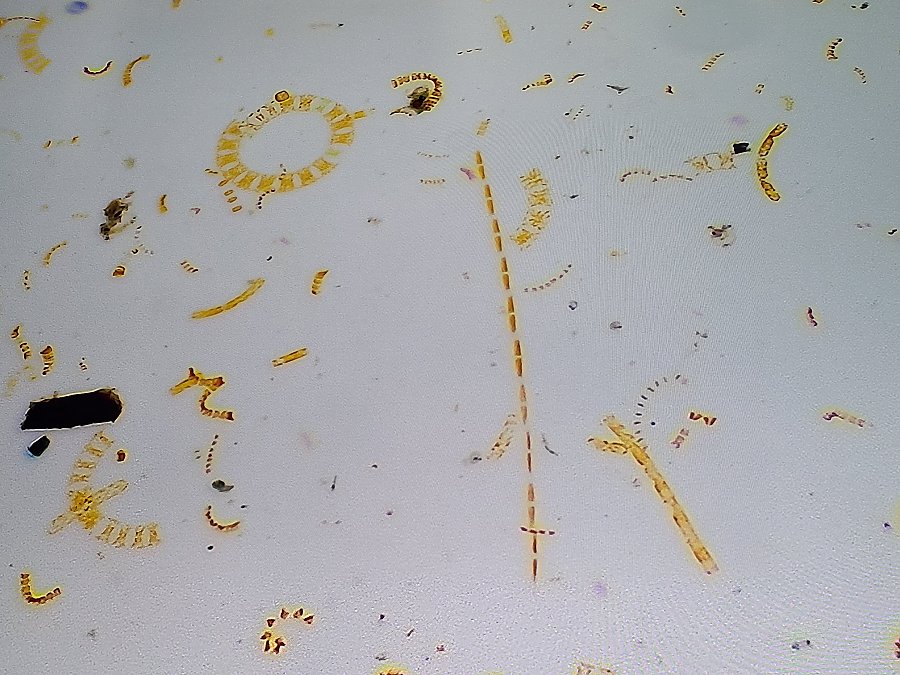
Credit: Aquarium of the Pacific
Pseudo-nitzschia is stick-shaped, and it is toxic in large quantities. If it blooms, it’s called a harmful algal bloom, or HAB.
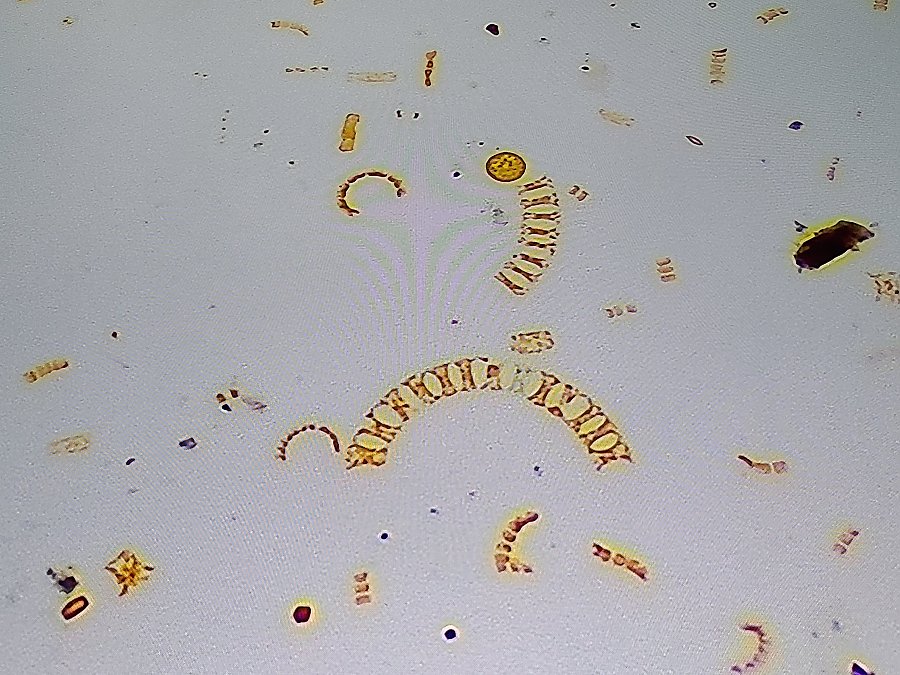
Credit: Aquarium of the Pacific
Chain diatoms make up the majority of spring phytoplankton.
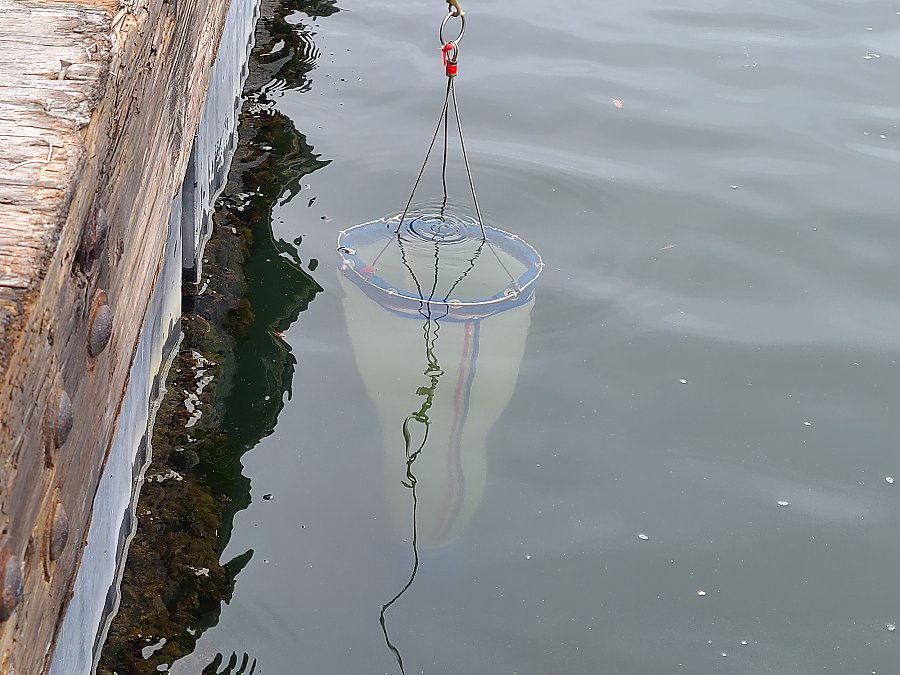
Credit: Aquarium of the Pacific
A fine mesh net is used to collect microscopic phytoplankton, allowing us to monitor our local ocean.
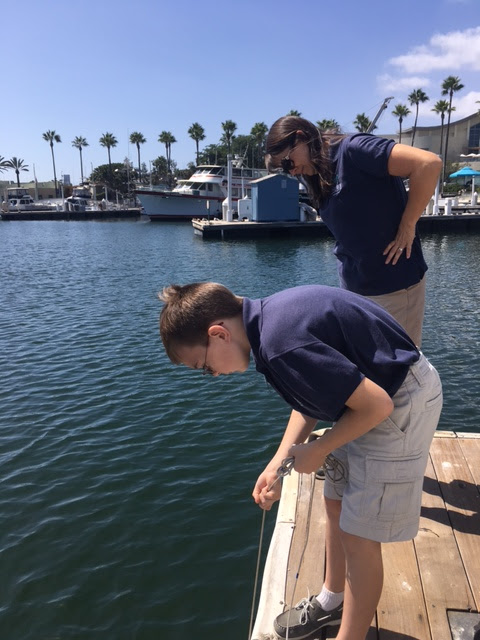
Credit: Aquarium of the Pacific
Aquarium volunteers collect and analyze phytoplankton to report to HABWatch.

